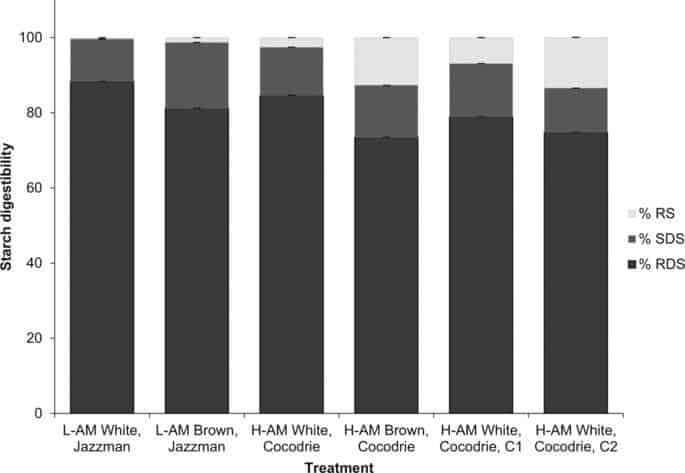Impact on Gastric Emptying and Nutrient Delivery
The choice between whole and refined grains is more than just a matter of taste; it’s a significant decision that affects our overall health. Nutrition experts and dietary guidelines across many countries advocate for the consumption of whole grains. Yet, the specific reasons behind the health benefits of whole grains are not always clear. Elizabeth A. Pletsch, in her article in the European Journal of Clinical Nutrition, sheds light on this topic by exploring the effects of whole-grain brown rice versus white rice on gastric emptying and nutrient delivery.
Understanding Whole Grains and Refined Grains
Unlike their refined counterparts, whole grains contain bran, germ, and endosperm, which encompass all three parts of the grain kernel. This composition ensures a rich supply of fiber, vitamins, and minerals. On the contrary, refined grains have had the bran and germ removed, which strips them of significant nutritional content. Whole grains have many health benefits, such as improved heart health and better weight management.
The Role of Gastric Emptying
Gastric emptying is the process by which food passes from the stomach to the small intestine. The gastric emptying rate is crucial as it affects how quickly nutrients are absorbed and can influence the body’s glycemic response. Foods that slow down gastric emptying, like those high in fiber, can lead to a more gradual release of sugar into the bloodstream, aiding in better blood sugar control.
Whole Grain Brown vs. White Rice
Pletsch’s research highlights significant differences between whole-grain brown rice and white rice, particularly in their impact on gastric emptying. Brown rice, with its higher fiber content, has a slower gastric emptying rate compared to white rice. This slower rate benefits nutrient absorption and stabilizes blood sugar levels, making brown rice a healthier choice for those mindful of their glycemic response.
High-Amylose Rice and Its Health Benefits
High-amylose rice is a special variety that is rich in slowly digestible starch (SDS) and resistant starch (RS). These starches have a lower impact on blood sugar levels and contribute to better digestive health. Pletsch’s research suggests that high-amylose rice, due to its starch composition, could positively affect gastric emptying, offering another nutritious alternative to traditional white rice.
Practical Dietary Recommendations
To harness the benefits of whole grains, incorporate whole-grain brown or high-amylose rice into your diet. To add variety, experiment with other whole grains like quinoa, barley, and oats. Simple switches, like choosing whole-grain bread over white bread, can make a significant difference. Try out new recipes that center around these nutritious grains to keep your meals interesting and healthy.
Conclusion
The research by Elizabeth A. Pletsch emphasizes the importance of choosing whole grains for optimal health, particularly concerning gastric emptying and nutrient delivery. As we become more conscious of our dietary choices, understanding the impact of these choices on our health becomes crucial. Embracing whole grains is not just a dietary preference; it’s a step towards better health.
Additional Resources
For more information on whole grains and healthy eating, visit [link to additional resources] and explore our collection of whole grain recipes and guides.
References
Pletsch, Elizabeth A. “Consumption of Whole vs. Refined Grain Foods and Their Effect on Gastric Emptying.” European Journal of Clinical Nutrition.


